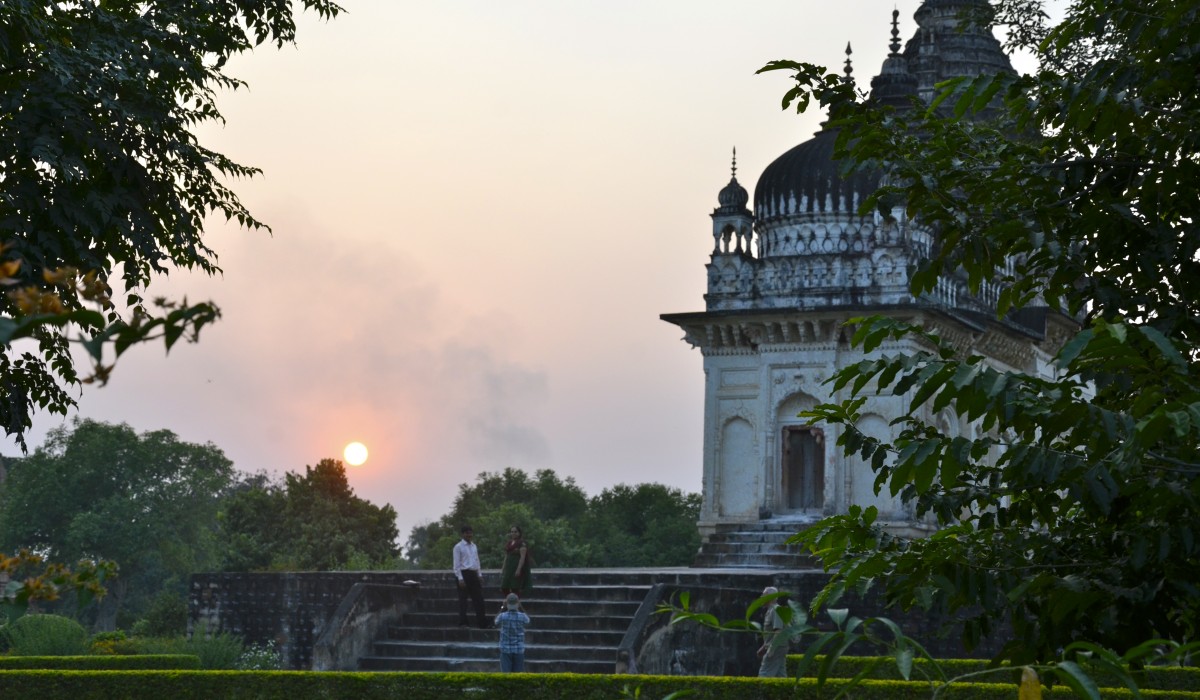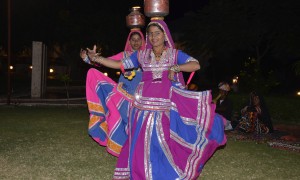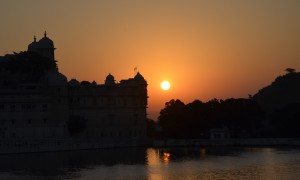Last fall I was fortunate to be able to take an Abercrombie & Kent tour of northern India. I wasn’t expecting to be surprised. While I hadn’t visited most of the cities on the tour, I had either read about them or looked at photos.
I was good to go. I had some idea of what to expect.
There was one place on the itinerary that puzzled me though and what a surprise it turned out to be.
The long abandoned Hindu temples of Khajuraho.
These temples, originally built in the 11th to 12th century, were lost to civilization for hundreds of years, covered over by nature and disuse. Discovered in 1838 by a British Military officer, they give us a marvelous insight into life at the time they were built……and a lot of questions.
INVASION 101
The sandstone temples are rare too. When the conquering Islamic raiders came into India they pretty much destroyed all temples and artifacts of the culture they were taking over. Our extremely knowledgable guide explained that this was common through out history. “Invaders always come in and destroy religious images and religious symbols as a way of taking control. They then replace with their own images and deities.”
But these temples were so remote they somehow missed the wrecking ball for seven hundred years and we can visit them today. Wow. They were really something to see.
I was particularly intrigued because a couple of years ago I visited the temples of Angkor Wat. The story is similar in that these temples were unknown for hundreds of years………and the time period they were built were about the same. I had an “erie sensation of having been here before.”
I found two things particularly interesting about the Khajuraho visit. One is the wildly erotic and beautiful carvings all over the buildings, making me wonder what kind of pleasure loving civilization built these temples? Would like to know more. They apparently enjoyed life and the culture was rich and creative.
According to Wikipedia, only 10 percent of carvings show sexual activities. The rest depict everyday life of the common Indian at the time.
And the other, I was intrigued with a temple with the roof styles of three religions of India–Islam, Hindu and Buddhism. What an odd combination. But it was explained that the Hindu king who had this one built wanted to create a visible symbol that all could live peacefully in one land.
What a good guy.















Comments
7 CommentsJulie Hawksworth
Feb 21, 2012Susan – really interesting and wow what a monument. That must be the only time in history a king of any time willingly combined religious symbols! Maybe as a Hindu he already worshipped a lot of gods, so what’s a few more, but still nice. Your blogs of India are fascinating, they make me feel as though I have been there, but also that I want to go! Thanks for a great post! best – Julie
Anonymous
Feb 21, 2012Thanks Julie. It was a wonderful experience. Glad you are enjoying my posts. I have one more to do. Stay tuned.
Margaret
Feb 22, 2012If you didn’t distinguish between the temples in India and Angkor Wat, I could swear these photos were from Angkor…what an uncanny resemblance. Thanks for sharing, Susan.
Anonymous
Feb 22, 2012I’m glad you enjoyed this post. The difference between the two groups of temples is in the grounds. In India it is very grassy and cultivated. The information says it isn’t “authentic” to the time the temples were built but lovely. A great walk in the park. Angkor Wat, as you recall, is jungle and left the way it developed over time. I marvel at both.
Breathe Deeply: Asian Art Museum Centers on Yoga | DesignDestinations
May 19, 2014[…] painting, furniture and ceramics as you might expect. The reference to the temples in Khajuraho, India were interesting. Click here if you want to know what I’m talking about. You’ll “get it” when you read this blog […]
India: Holy Cow! | DesignDestinations
Jun 9, 2014[…] Khajuraho Temples […]
Forts, Palaces and Temples of Rajasthan | DesignDestinations
Apr 9, 2017[…] run out of time and energy. Going to explore the Temples separately. The ones at Khajuraho deserve their own blog. Click on the link and you’ll see […]